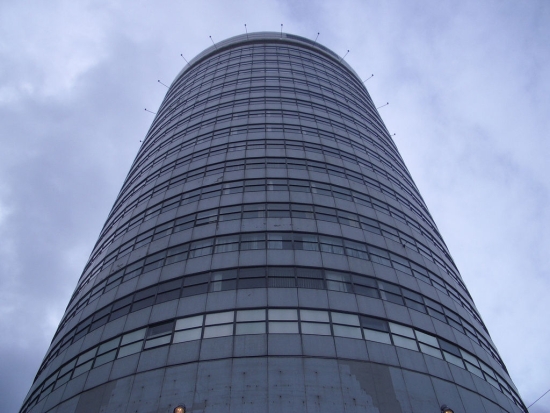English Heritage has published the results of a pilot project which will make it easier for landlords to make alterations to listed commercial buildings. The conservation body, which recently gave its blessing to controversial plans to redevelop London’s Smithfield Market, says the review will give owners more clarity in managing change.

Birmingham’s ‘unique’ Rotunda building
The pilot project involved rewriting the list descriptions of 28 post-war office buildings in order to explicitly identify areas of special interest. In many cases these were found to relate only to exteriors and limited internal spaces such as lobbies and board rooms.
Where other parts of the property were of interest, these too were specified giving landlords a clearer picture of what alterations they can make and reducing the need for consent applications where special interest does not apply.
The properties chosen for the pilot were those considered to be subject to frequent change. One of these is Birmingham’s Rotunda which the review praises for its simple form and describes as unique in Britain. The project will now be extended to other commercial building types.
Liz Peace, of the British Property Federation (BPF), was consulted on the project and she welcomes the clarification it provides.
“This will make it much easier to identify and protect those parts of a listed building which make it special whilst, where appropriate, allowing changes to take place to less significant parts of the building that may be needed to keep it in use and safeguard its future.
“We look forward to working with English Heritage to build on this solid start and explore which other buildings should be fast tracked for more detailed listing,” she said.
English Heritage says it remains committed to applying appropriate levels of protection but it hopes the additional information will prove helpful to landlords seeking to make alterations to listed commercial properties.
Previous Post
Foreclosures Ahead for US Commercial Property Owners